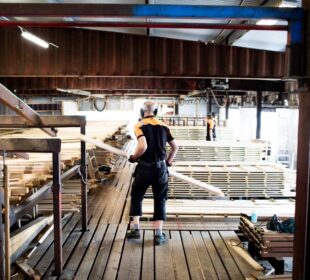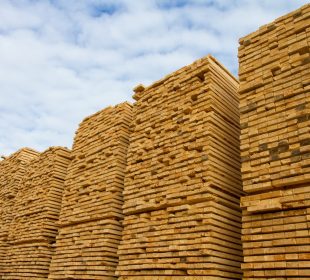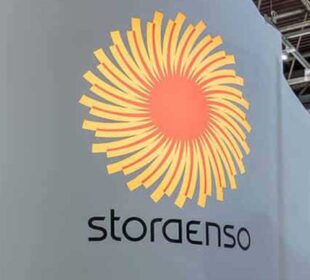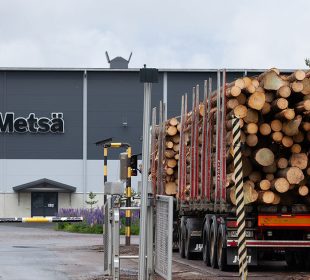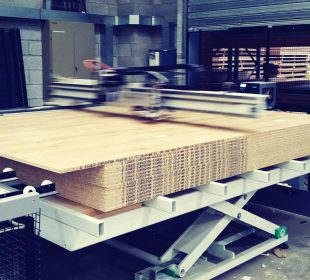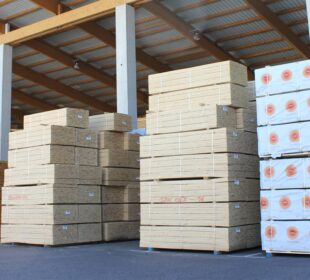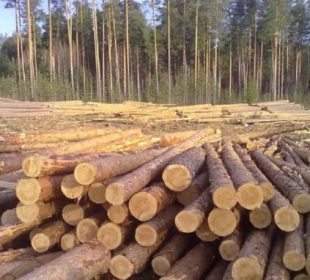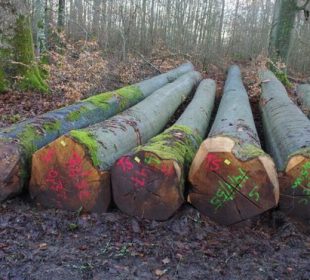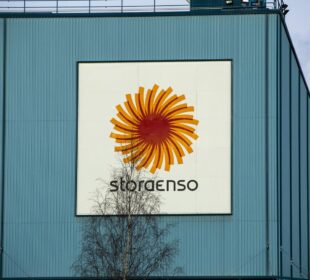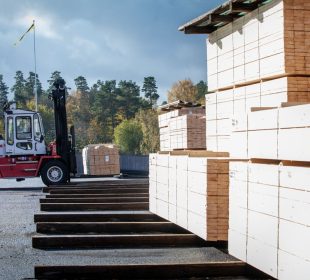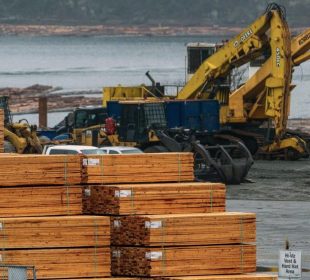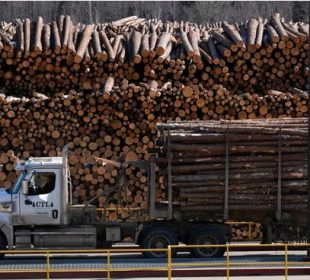During the third EOS Board Meeting of 2017 held in October 2017, the Board Members expressed an interest in defining the European Sawmill Industry structure. There was a feeling that the industry is undergoing change and that old assumptions could be dispelled as a result of structural changes in the market. That hunch proved correct: sawmilling in 2018 is not was it was twenty or ten years ago. Many sawmills are more and more involved in value-adding activities and many larger sawmills are getting more export-oriented.
The EOS Secretariat was tasked to survey the EOS Members by submitting a set of questions which have been answered either in written form or in a phone call.
The countries which participated in this information collection are Austria, Belgium, Denmark, Finland, France, Germany, Latvia, Norway, Romania, Sweden, Switzerland.
Key data
There were almost 34,000 sawmills in the EU28 in 2016 (plus around 250 in Switzerland, and 700 in Norway) – down from around 40,000 in 2010. According to Eurostat, out of 34,000 sawmills around 29,250 are classifiable as micro enterprises, around 4,250 are classifiable as small enterprises, around 630 are classifiable as medium enterprises, and around 60 are classifiable as larger enterprises.
Sawmilling in 2018: first evidence
While there are some sawmills which process both hardwood and softwood logs, most are specialized in the processing of either softwood or hardwood species. Based on the latest available data (2017), the EOS members produced around 80 million m3 of sawn softwood and 5.5 million m3 of sawn hardwood. Thus, sawn softwood production accounts for around 93.5% of the total EOS production, while sawn hardwood production accounts for the remaining 6.5%. In general, hardwood sawmills tend to be smaller than softwood sawmills.



